When it comes to the world of creepy crawlies and slithering predators, spiders and snakes often top the list of feared creatures. But which of these enigmatic animals reigns supreme in the deadly stakes? Here are 11 surprising reasons why one might outmatch the other—and why it’s not so simple to decide.
1. Spiders’ Venom: Precision in a Bite
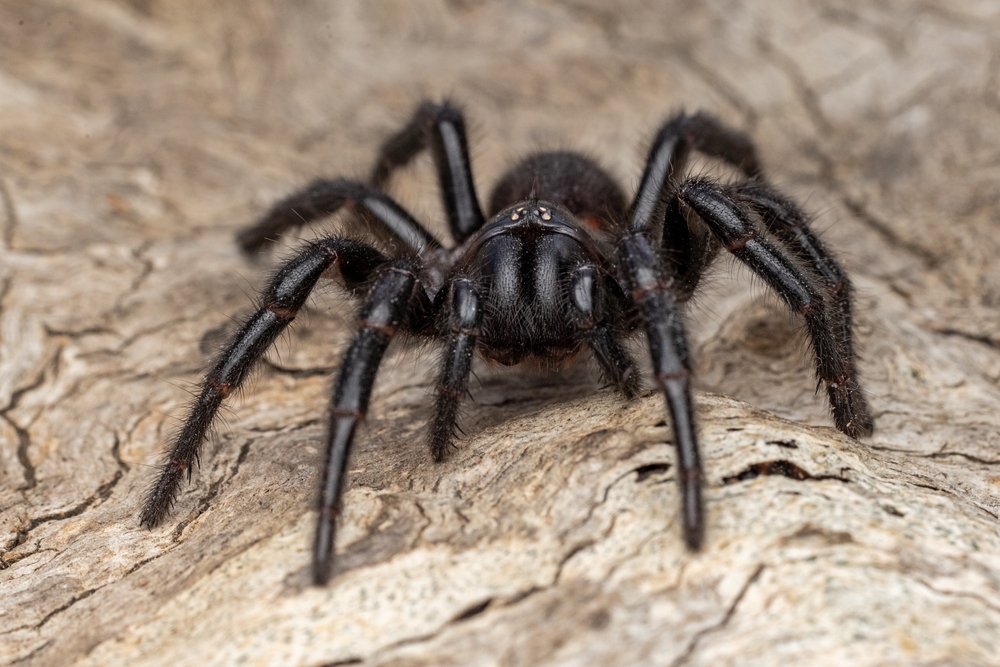
Spiders have evolved venom as a fine-tuned chemical cocktail designed for efficiency. While most spider species pose no threat to humans, a select few, like the Brazilian wandering spider, pack enough punch to cause extreme pain, paralysis, and even death in rare cases. Their venom works quickly and targets specific systems, making them precision assassins of the natural world.
2. Snakes’ Fangs: Built for Fatality
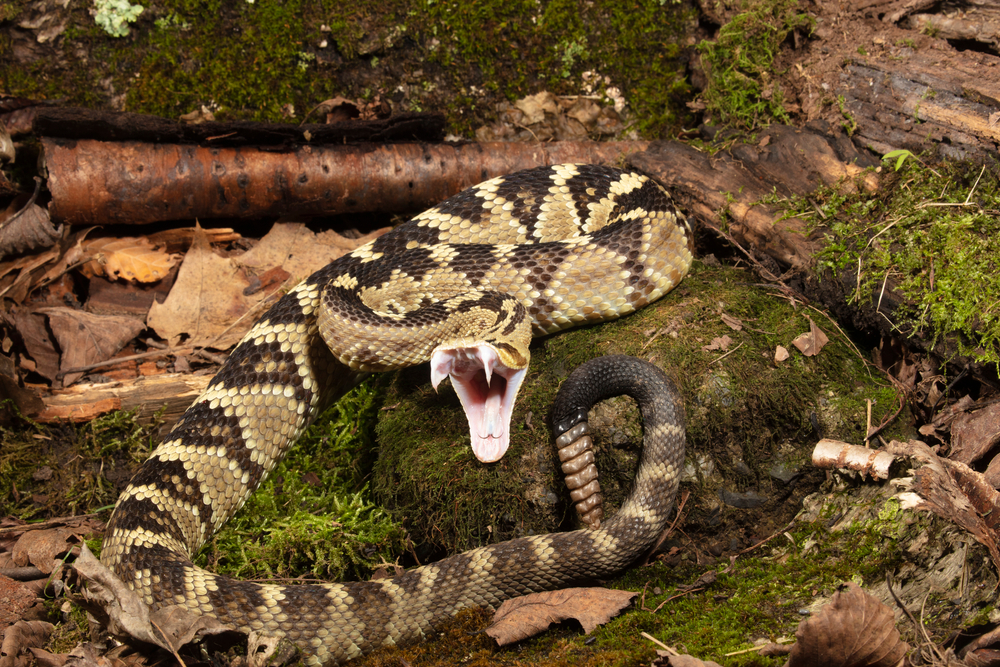
Snakes, on the other hand, bring something even more specialized to the table: fangs. Their needle-sharp teeth are engineered to inject venom deeply and effectively. Snakes like the inland taipan, often dubbed the world’s most venomous, can deliver a bite so toxic it can kill multiple humans in minutes. Their venom is a masterclass in biochemical lethality.
3. The Death Toll Debate
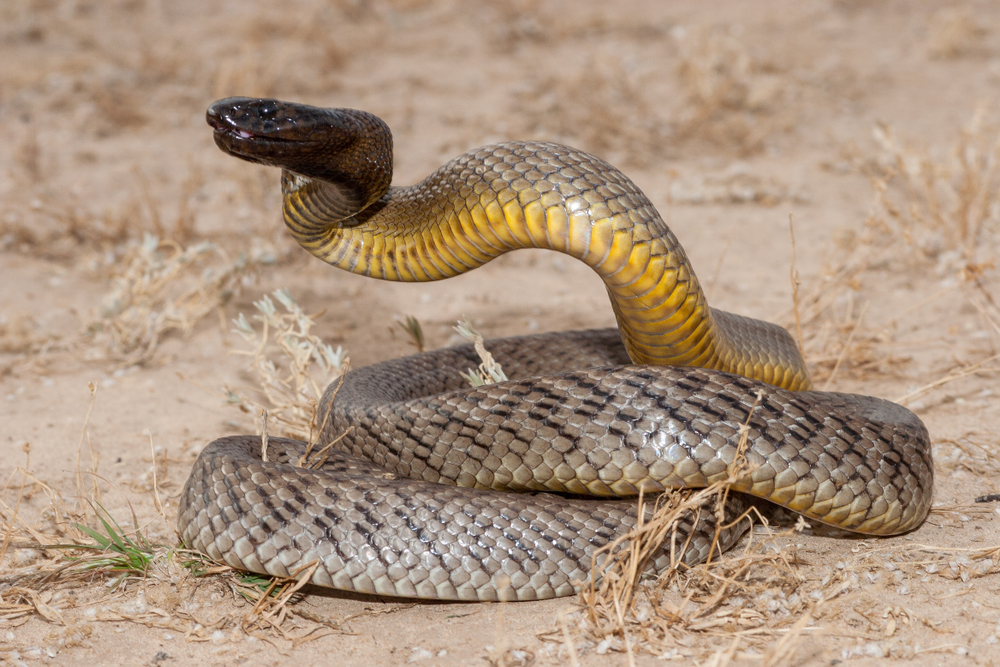
When it comes to sheer numbers, snakes often dominate. Globally, snakes are responsible for tens of thousands of deaths annually, far outpacing spider fatalities. This disparity isn’t just about potency—it’s about proximity. Many snake bites occur in rural areas with limited medical care, turning survivable bites into fatal encounters. Spiders? Far fewer deaths but no less fear-inducing.
4. Spiders’ Surprise Factor
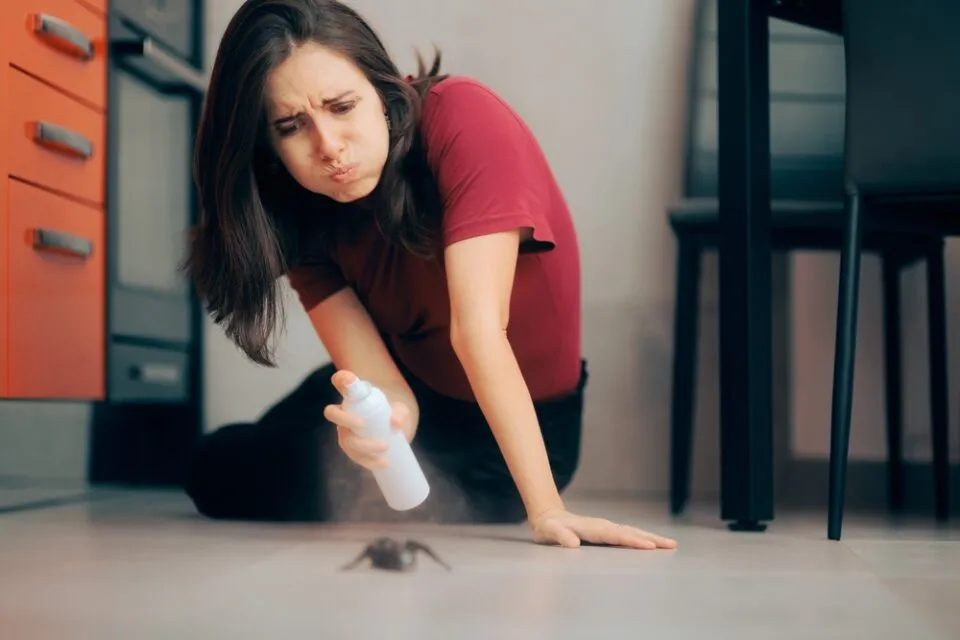
Part of a spider’s deadliness is its stealth. These arachnids can sneak into shoes, beds, and basements, catching their victims unaware. Unlike snakes, which often give warning signs like hissing or rattling, spiders rarely announce themselves. This element of surprise makes their danger feel uniquely intimate—and arguably more chilling.
5. Snakes’ Size Advantage
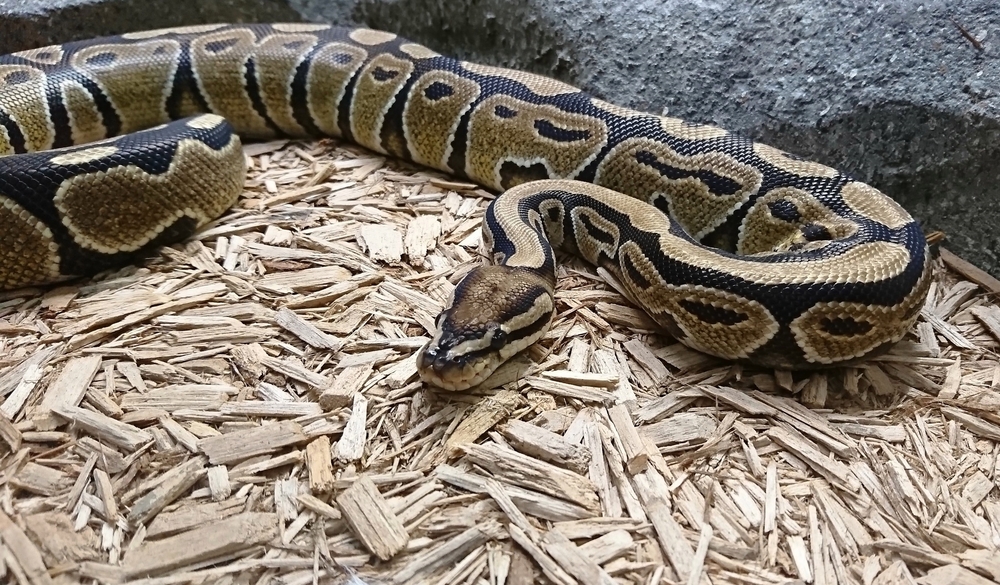
While spiders rely on venom and agility, snakes bring size and muscle to the battle. Large constrictors like pythons and anacondas can overpower prey through sheer strength, suffocating their victims in coils before consuming them whole. It’s a deadly skill set that spiders can’t quite match in scale, even if their venom rivals that of some snakes.
6. The Fear Factor: Spiders in the Shadows
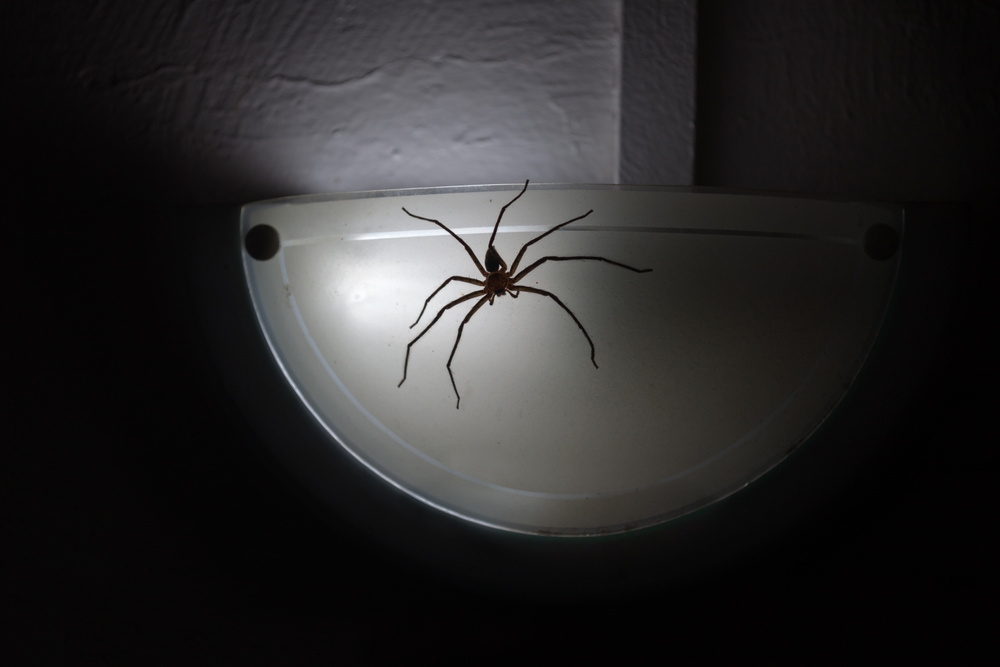
Spiders often provoke a visceral fear disproportionate to their actual threat level. This reaction isn’t entirely irrational; their small size and ability to hide in plain sight make them the stuff of nightmares. While a snake may slither away when spotted, a spider can vanish into a crack, leaving you on edge for hours.
7. Snakes’ Defensive Arsenal
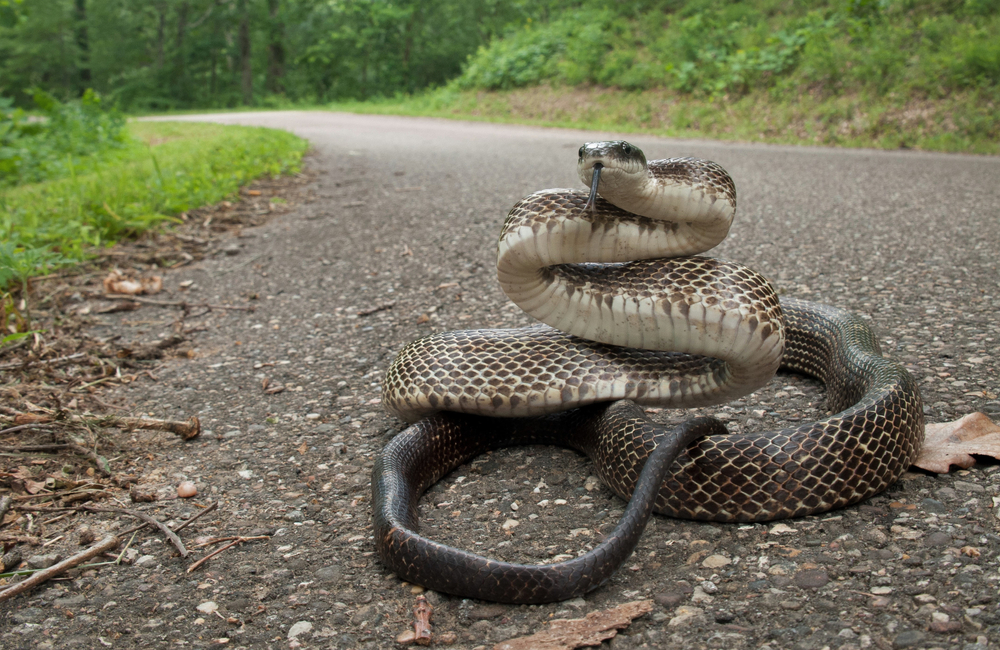
Snakes don’t just bite—they intimidate. Cobras flare their hoods, rattlesnakes shake their tails, and some species even fake strikes to deter threats. These displays aren’t just for show; they’re a warning backed by real danger. This defensive behavior sets snakes apart, as spiders rarely engage in such overt posturing.
8. The Evolutionary Edge
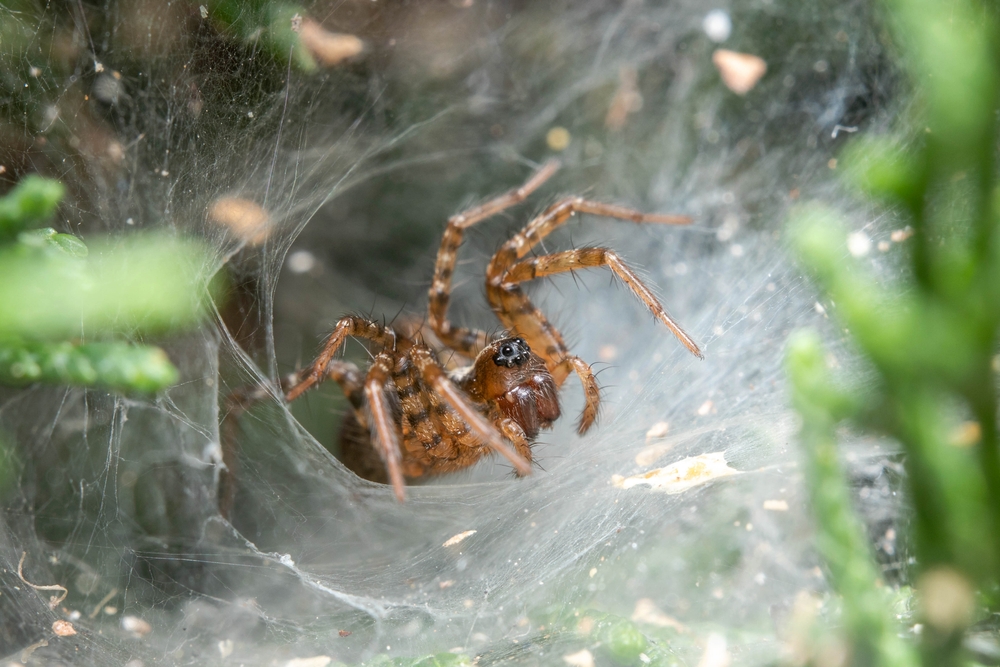
Spiders have been around for over 300 million years, while snakes are relative newcomers at 100 million years. This longer evolutionary history has allowed spiders to refine their predatory and survival strategies, making them incredibly adaptable. Snakes, however, have perfected their niche as apex predators in many ecosystems.
9. Accessibility to Antivenom

When it comes to surviving bites, the availability of antivenom often determines the outcome. Snake antivenoms are more widely studied and produced due to the higher incidence of bites, while spider antivenoms are less common, particularly for rarer species. This disparity can skew perceptions of danger, as untreated bites can lead to more fatalities.
10. Global Distribution
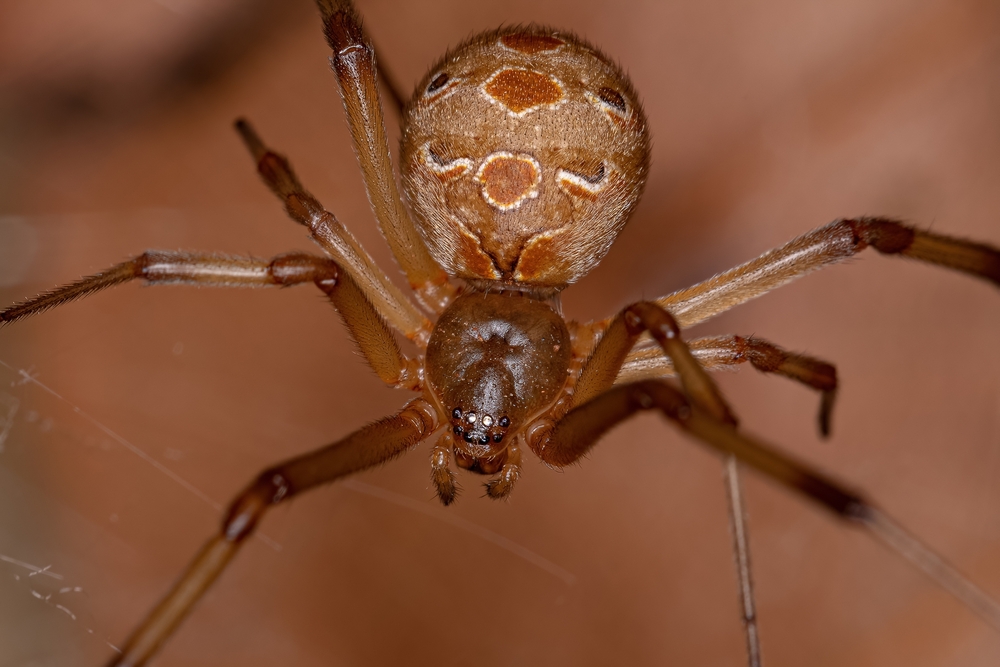
Spiders are everywhere—from the Arctic to your attic—making them a more omnipresent threat. Though widespread, snakes are less likely to appear in urban areas. This global distribution means spiders have more opportunities to interact with humans, even if most of these encounters are harmless.
11. Deadliness Beyond the Bite
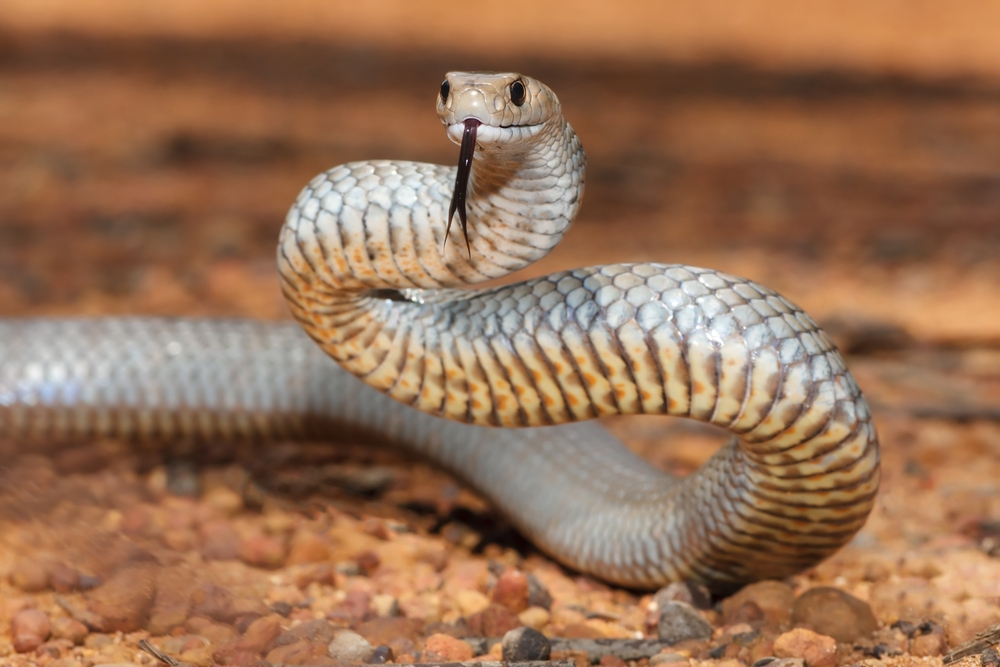
Both species have indirect ways of being deadly. Snake venom is used in traditional medicines, leading to dangerous handling practices. Spiders, meanwhile, play a role in ecological balance, controlling insect populations that can spread disease. While their roles in death may not be direct, their presence influences the ecosystems—and risks—around us.
